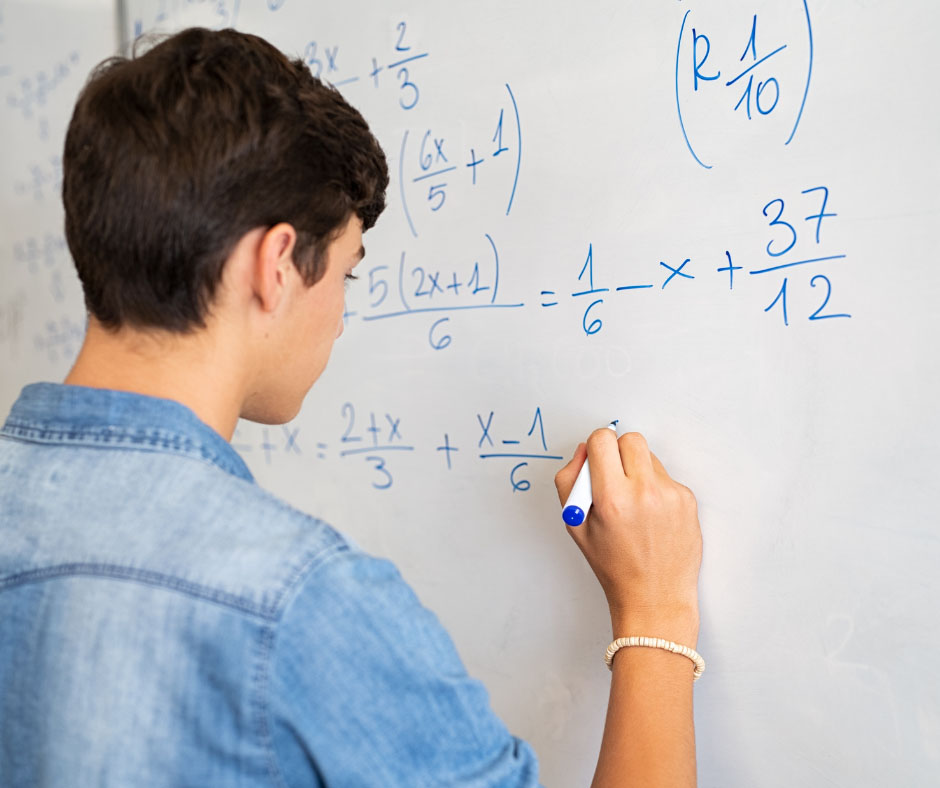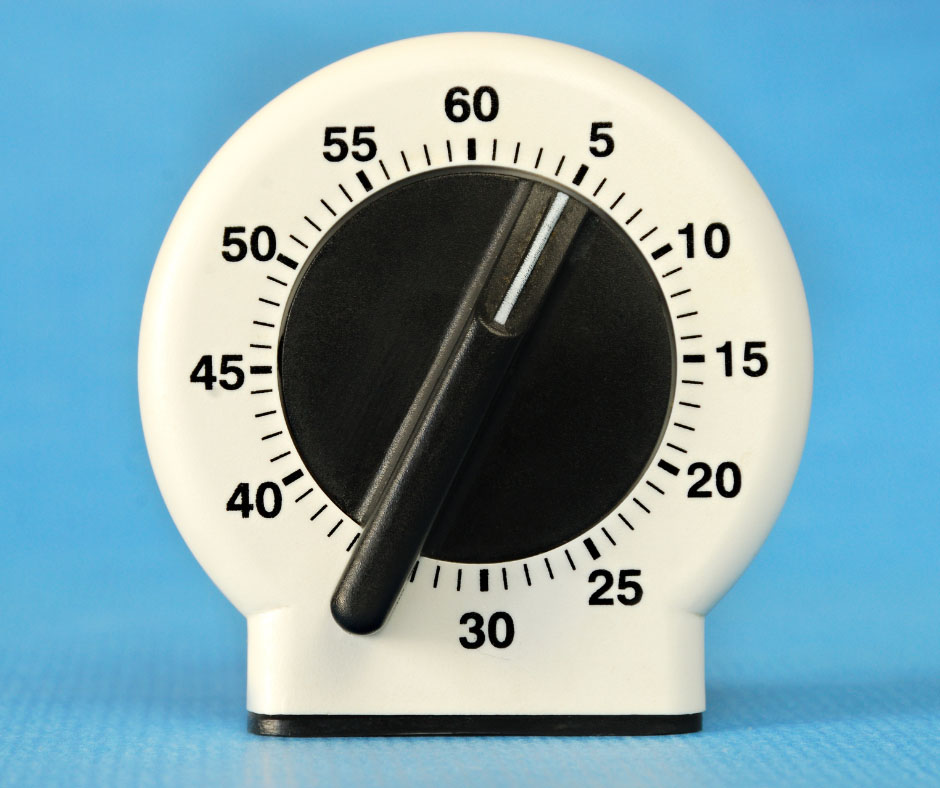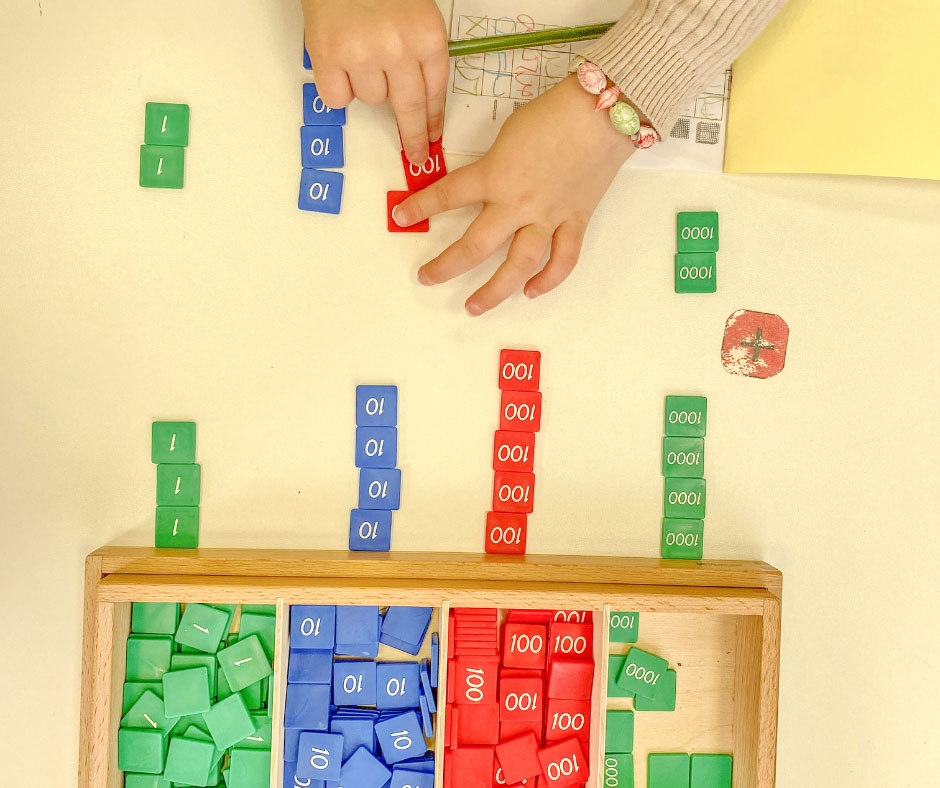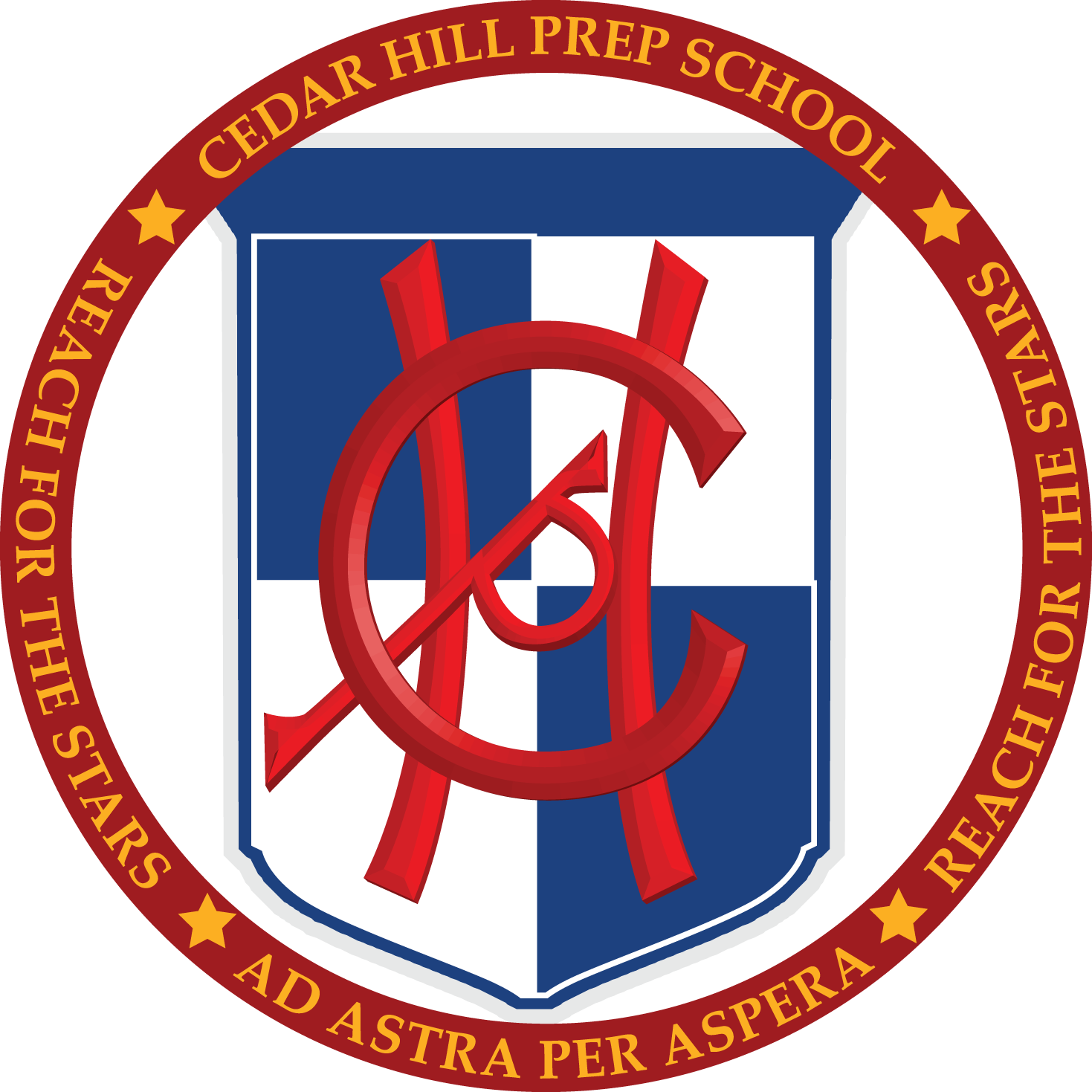
By Julie Kucks

Why do musicians practice their scales?
Because learning music is like learning a language. Musicians practice scales so they understand the key signatures and building blocks of music, build finger agility, and develop technique. Before a musician can musically interpret a piece, they must know the building blocks of the language.
Math is the same. For students to really be able to handle abstract math problems, they need to know how to speak the language.
What is math fact fluency?
Fact fluency in math is a student’s ability to quickly recall math facts such as addition, subtraction, multiplication, and division. This is a learning process of committing these facts to long-term memory so students do not need to rely on finger counting or image-based number lines. Math fact fluency gets students to a point of automaticity with basic math concepts which allows them to solve more complex mathematical problems and builds confidence in their future math skills.
Why is math fact fluency important?
Shockingly, an Education Week survey found that educators believe math fact fluency is helpful, but not essential. However, science disagrees.
Cognitive scientists hold that fact fluency is essential because it locks basic math facts in the long-term memory which then frees up a student’s working memory.
Working memory is the function of the brain that makes sense of and applies experiences, memories, and information stored in both the long and short-term memory to solve complex problems. In the case of math fact fluency, working memory draws on students’ stored, automatic math facts and creates a flexible strategy that allows students to solve longer and more complicated math problems.
But when math facts are not concretely stored in long-term memory, the working memory is not free to really do what it does best.
Common misconceptions about math fact fluency
 Math automaticity and math fluency are the same thing.
Math automaticity and math fluency are the same thing.
Automaticity does not equal fluency. While a student may be able to rattle off their multiplication table, it does not mean that they have a strategy for taking that information and applying it. Fluency relies on a student’s ability to understand how their automatic knowledge fits into a variety of contexts. The four tests that determine fluency are flexibility, appropriate strategy use, efficiency, and accuracy.

Timed tests are effective.
Timed tests can actually wind up harming a student’s math fact fluency. They train students that fast = best. But this is not always the case. Students do not have the time to process what strategies they used to arrive at an answer, nor is there feedback on the flexibility within a student’s strategy.
 Math drills are the way to go.
Math drills are the way to go.
Think of a drill bit. Through repeated motion, it creates an indent. While drills can help students commit math facts to memory, they do not teach fluency which is multi-faceted and flexible. Students need to be educated in how to apply strategy, not simply repeat math trivia.
 MEMORIZE.
MEMORIZE.
This is the foundational step that fluency relies on (students committing basic math to memory). But memorization does not teach fluency! To help a student reach math fluency, it is necessary to ensure they have a strategy to apply their memorized knowledge to help them solve a myriad of different math problems.
How to develop math fact fluency
 Build short-term to long-term to working memory over the years.
Build short-term to long-term to working memory over the years.
Developing fluency must build all 3 memories: short-term, long-term, and working. Educators should move linearly to build these different memory banks. First, build students’ short-term memory by introducing numbers and explaining how they interact with each other. Then, work on making these facts concrete in the long-term memory through repetition and practice while also introducing some engaging strategy techniques. Finally, develop the working memory by testing students’ comprehension of strategy and a variety of problem-solving. Have students verbalize their process when they’ve gotten an answer. Place students in a teacher role and have them explain to a peer how to solve a problem. Use visual aids to diversify how a student perceives a concept.
 Teach math as an interconnected network.
Teach math as an interconnected network.
We know that positive relationships between students and teachers encourage deeper learning. Well, the same is true for numbers.
When a student understands that numbers relate to each other within a network rather than simply as individual integers, they are better able to break out of systemized problem-solving and place numbers in different contexts.
Brian Bushart, A 4th Grade teacher in New York, recently presented on math fact fluency at an Education Week panel in May. He shared that he has some students who can solve a math fact like 8 x 5 easily but cannot so readily solve 8 x 6. This issue, he says, is remedied when students understand numbers’ relationships to each other.
“I want kids to start to notice that . . . 8 x 5 is almost 8 x 6, which is almost 8 x 7. That’s the kind of space I want them to be in.” This is similar in music transposition where, if a student understands how notes within a key interact, they can take that same relationship and recreate it in another key.
The takeaway here? Calculators are out. They provide fast, automated answers without helping students understand the relationship between numbers.
 Create opportunities for success.
Create opportunities for success.
Young people need to see themselves succeeding . . . often. Without a consistent sense of progress, students can begin to feel more overwhelmed by what they don’t know than curious about what they still have to learn. This may lead to a classroom atmosphere that leads to students shutting down.
This is why Bushart only tests his students on math recall at most once a week – because ultimately consistent practice and healthy strategy-development is more helpful to building students’ confidence than constant testing of recall.
“You don’t want to bombard them with, I don’t know, I don’t know, I don’t know,” he said. “You want a lot of success in there.”
It’s also helpful to review learned material while introducing new concepts. This keeps students from getting burned out with an onslaught of information they don’t yet know. By bouncing back and forth between already learned and new concepts, students gain confidence that motivates them to keep learning.
To learn more about math fact fluency, watch Education Week’s full panel-discussion here.





